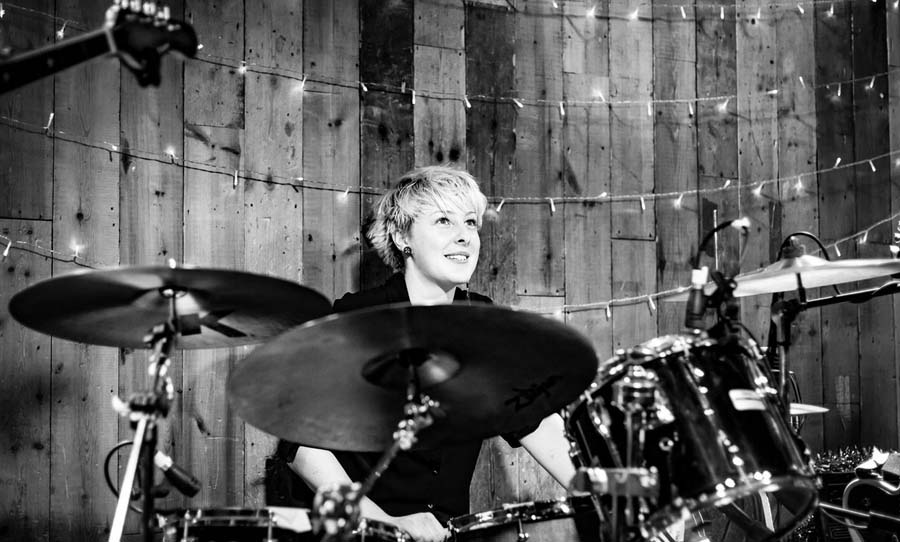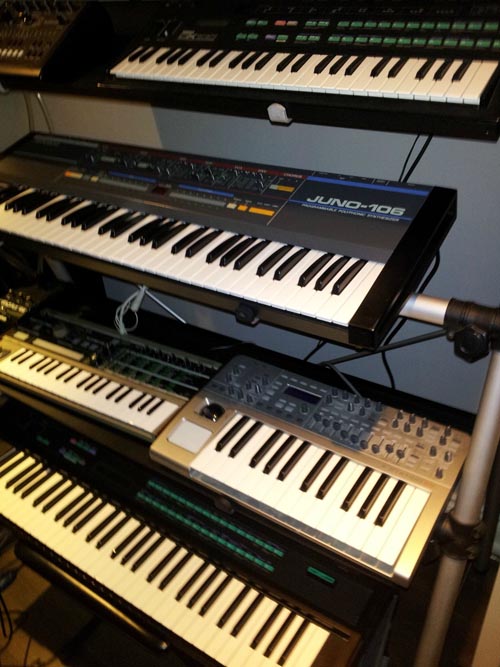Session players, of course, have been a thing for a long time. When you think about it, they’ve been around for hundreds of years. What is a symphony orchestra, but a large group of session players? In a more modern context, some session players, or collectives, have become famous in their own right.
How could Motown have built such an enviable catalogue of chart-toppers, if it weren’t for the engine room of the ‘Funk Brothers’, whose lynchpin was the incomparable James Jamerson? Could The Beach Boys have scaled lofty artistic heights if ‘The Wrecking Crew’ weren’t on hand to realise Brian Wilson’s complex visions? The list goes on.
The world has shrunk because of the internet. Now, the threat of COVID-19 has made us further evaluate our ability to work together on recording projects. The need for top-quality musicianship and performances hasn’t gone away though. Read on as we explore ways that session players have continued to contribute to recordings, even if they’re on the other side of the world.

Session players are hardly a new phenomenon, but working remotely is. We explore the rise of this new kind of studio in the era of isolation.
Project to professional
The recording industry is like any other business inasmuch as there are peaks and troughs. And like many other industries in the age of capitalism, it’s subject to the pressures of efficiency and technological development. Without going too far down the economic rabbit-hole, let’s head back to the studio.
In the early part of the 20th-century, recording popular music was in its infancy. The first celebrity musicians were being born in the United States out of the jazz and country music eras and radio was gaining a foothold as popular entertainment.
As the tools for recording (microphones and magnetic tape) became more sophisticated, record companies could invest in state of the art facilities—see Abbey Road or Capitol Studios, for example. Record sales exploded, the industry became more profitable, and studios got bigger and better. There was capacity for more session musicians to be employed because pop records became increasingly ambitious.

Analog gear, which was relatively expensive to maintain, slowly began to give way to digital technology in the studio. In the form of effects from Eventide, then instruments from Fairlight and Linn and finally the recording medium itself. Hard disks offered a far more cost-effective way to record and DAWs provided a much easier way for home enthusiasts to get involved in record production.
Now, the tools that are employed in the studio are available at home. Session musicians, even before the crisis which engulfs us now, saw the value in creating a business in session work from a remote location.
A prime example
Take EmilyDrums.com as an example. Emily Dolan Davis is a session drummer whose career started out like many other musicians: on the road. She’s played with too many artists to mention, across a plethora of genres, at a very high level.
Pivoting to session work in decades gone by would have been more of a challenge. Yet, because of the technology available to us (namely a digital audio workstation and an internet connection), she’s able to work from her own studio. More importantly, if you want a world-class drummer like Emily to play on your track, all you need to do is package up your stems and send them over.
This is just one example. Websites like Kollab and Supreme Tracks host a range of session experts for all stages of a project. Whether you need a vocalist for the melody of your track, a producer to build it up from scratch, or even the arrangement and recording of orchestral sections—if there’s a service that used to require a traditional studio, you can find it online. 
Patching in remotely
These kinds of services require human input, but there are other facets of modern recording that have the potential to be improved, even without the personal touch. Take MIDI file replacement services for example. This kind of studio is a little harder to find, but it essentially involves the running of a MIDI file through hardware synths.
This kind of service is will potentially become even more important, as desirable vintage synthesizers and drum machines become harder to find. This could also apply to re-amping as well—the process of sending prerecorded audio through a guitar or bass amp, to be re-recorded.
Though the session industry was inexorably headed down the path of remote work, it seems doubly important to make ourselves aware of these services now. Being in the same room as our collaborators is on hold for a while, but there are still ways that we can maintain our projects without sacrificing quality.


